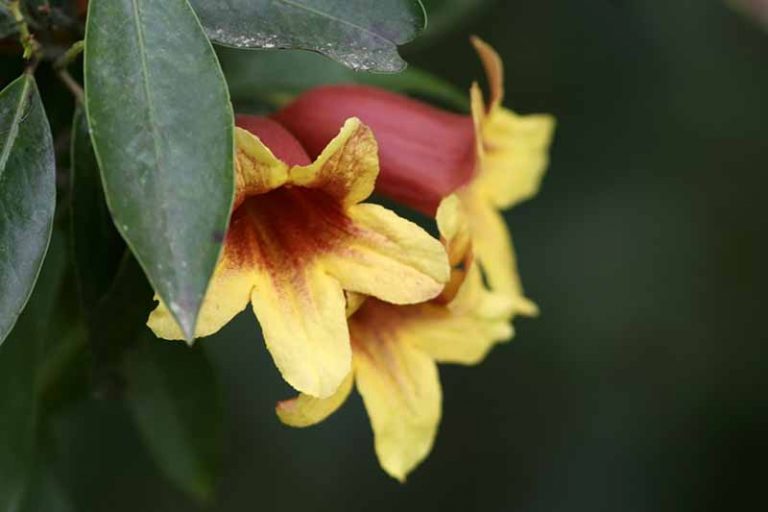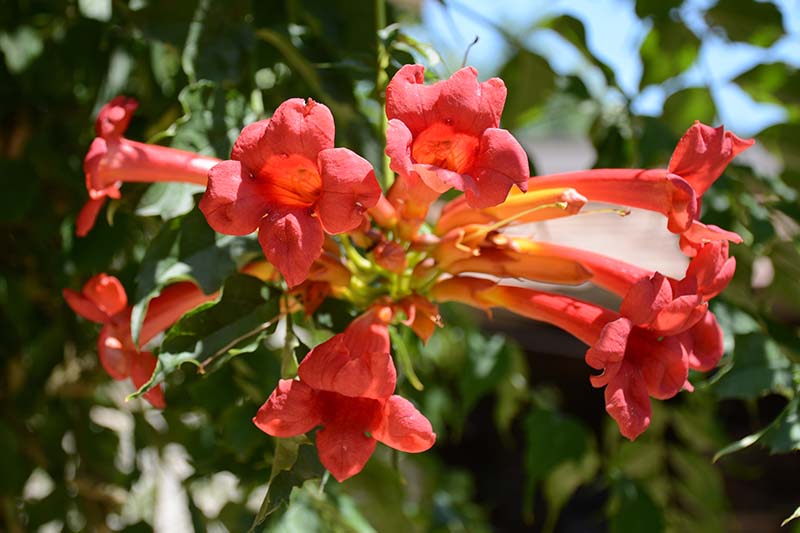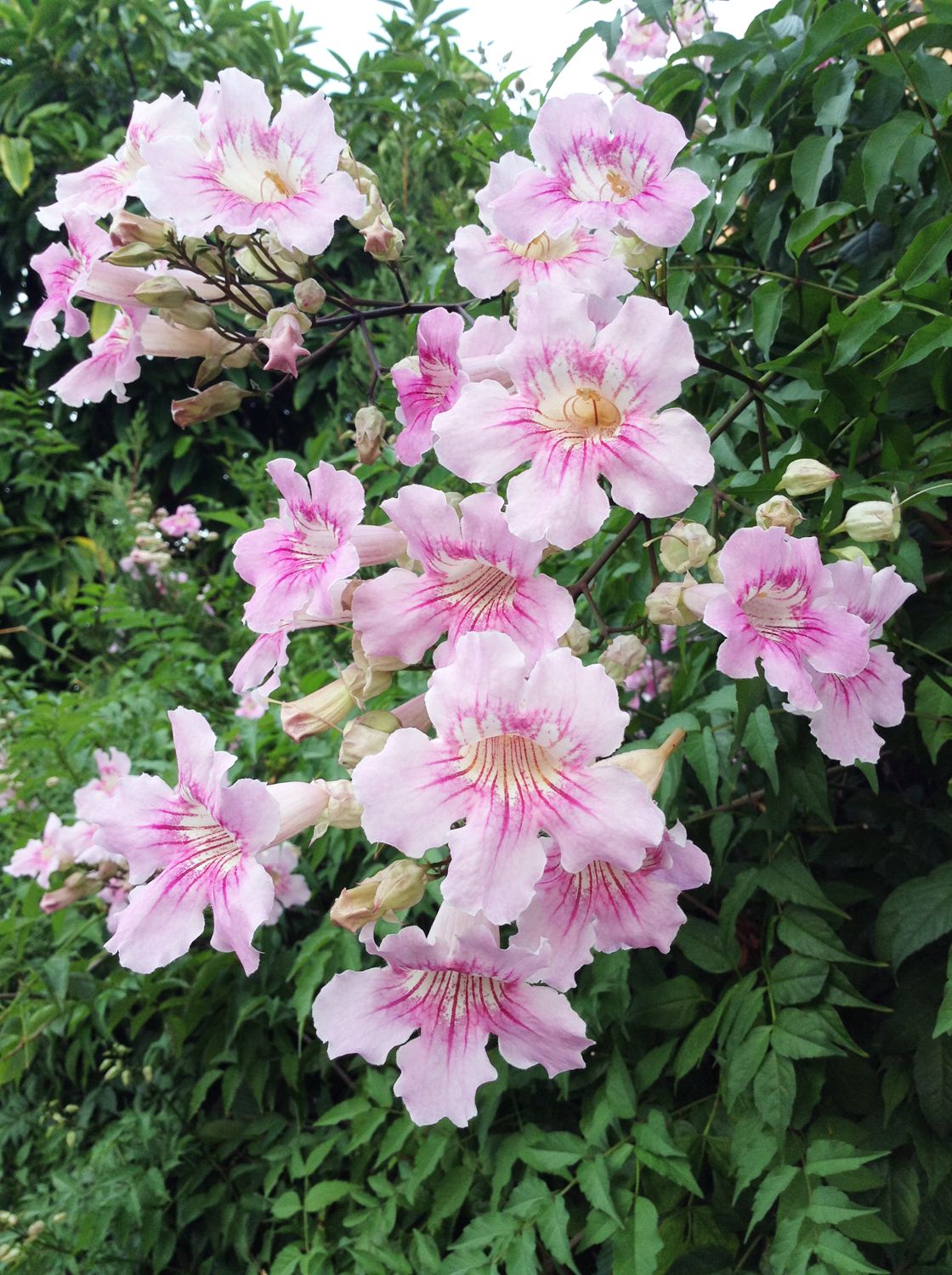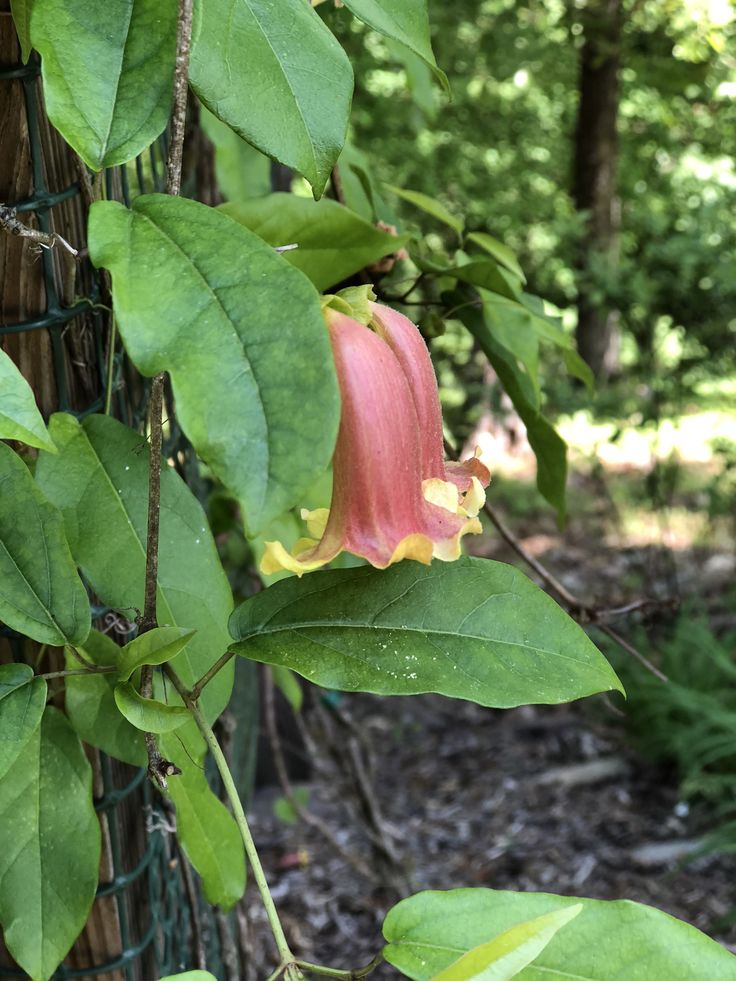How to Grow and Care for Crossvine Flowers
Crossvine flowers, known for their vibrant colors and climbing nature, are a beautiful addition to any garden. In this comprehensive guide, we’ll walk you through the steps to successfully grow and care for these stunning blooms.
Choosing the Right Location

Selecting the right location is crucial for the success of your crossvine flowers. These plants thrive in full sun to partial shade. Ensure they receive at least 6 hours of direct sunlight daily for optimal growth. Additionally, consider providing a sturdy support structure for them to climb, such as a trellis or fence.
Soil Preparation and Planting

Crossvine flowers prefer well-draining soil that is rich in organic matter. Amend the soil with compost or well-rotted manure to improve its texture and fertility. Plant your crossvine in a hole that is twice the width of the root ball and just as deep. Space multiple plants at least 3 feet apart to allow for adequate air circulation.
Watering Routine

Establishing a consistent watering routine is essential during the initial stages of growth. Water deeply after planting and continue to keep the soil evenly moist, especially during dry spells. Once established, crossvine flowers are moderately drought-tolerant, but they still benefit from regular watering.
Fertilizing for Optimal Growth

Feed your crossvine with a balanced, all-purpose fertilizer in early spring, just before new growth begins. This will provide the necessary nutrients for healthy development. Follow the manufacturer’s instructions for proper application rates. Avoid over-fertilizing, as this can lead to excessive foliage growth at the expense of flowers.
Pruning and Maintenance

Regular pruning helps maintain the shape and health of your crossvine. Trim back any dead or damaged growth in late winter or early spring. Additionally, you can perform light pruning after the blooming period to encourage new growth. Remove any unruly or overly long stems to keep the plant tidy.
Dealing with Pests and Diseases
While crossvine flowers are generally resilient, they may occasionally face pest or disease issues. Keep an eye out for common garden pests like aphids or spider mites, and treat them promptly with insecticidal soap or neem oil. Ensure proper air circulation to prevent fungal diseases, and promptly remove any affected foliage.
Overwintering Preparations
In colder climates, providing proper overwintering care is essential. Apply a layer of mulch around the base of the plant in late fall to insulate the roots and protect them from freezing temperatures. Additionally, consider wrapping the plant with burlap if extreme cold is anticipated.
Creating a Stunning Display
Crossvine flowers are known for their striking and vivid blooms. With proper care, you can expect a profusion of trumpet-shaped flowers in shades of orange, red, or yellow. Their lush, glossy foliage provides an excellent backdrop for these show-stopping blossoms.
Frequently Asked Questions (FAQ)
Q: Can crossvine flowers be grown in containers?
A: While crossvine flowers are typically best suited for garden beds or larger outdoor spaces, they can be grown in large containers with proper support structures.
Q: How fast does crossvine grow?
A: Crossvine is a vigorous climber and can grow up to 20 feet or more in a single growing season under optimal conditions.
Q: Do crossvine flowers attract pollinators?
A: Yes, crossvine flowers are known to attract bees, butterflies, and hummingbirds, making them a valuable addition to pollinator-friendly gardens.
Q: Can crossvine be propagated from cuttings?
A: Yes, crossvine can be propagated from semi-hardwood cuttings taken in late spring or early summer. Use a rooting hormone to encourage successful rooting.
Q: Are crossvine flowers deer-resistant?
A: Yes, crossvine is considered to be deer-resistant, making it a suitable choice for gardens in areas with high deer populations.
tag
- chicken feed
- how to Keep Chickens Off Your Porch
- How to grow oyster mushrooms at home
- Growing Kale in Pots


0 Comments